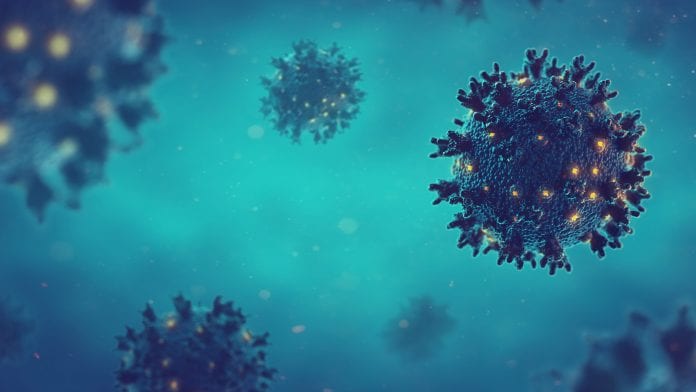
New discoveries surrounding SARS-CoV-2, the virus that causes COVID-19, have paved the way for new potential treatments.
Researchers have identified the interactions that SARS-CoV-2 RNA establishes with the host cell, many of which are fundamental for infection, helping to inform the development of new therapeutic strategies for COVID-19. The team was led by researchers at the University of Oxford, University of Glasgow, and University of Heidelberg.
The genetic information of SARS-CoV-2 is encoded in an RNA molecule instead of DNA. This RNA must be multiplied, translated, and packaged into new viral particles to produce the viral progeny. Despite the complexity of these processes, SARS-CoV-2 only encodes a handful of proteins able to engage with viral RNA. To overcome this limitation, SARS-CoV-2 hijacks cellular proteins and repurposes it for its own benefit. However, the identity of these proteins has remained unknown until now.
Identifying the key proteins
Using a new approach to discover the proteins that ‘stick’ to SARS-CoV-2 RNA in infected cells, authors uncovered that SARS-CoV-2 RNA hijacks more than 100 cellular proteins, which appear to play critical roles in the viral life cycle.
This work, published in Molecular Cell, identifies many potential therapeutic targets, with hundreds of available drugs targeting them. In a proof-of-principle experiment, authors selected four drugs targeting four different cellular proteins. These drugs caused effects, from moderate to strong, in viral replication.
Alfredo Castello, one of the researchers that has led the work, said: “These exciting results are only the beginning.
“With hundreds of compounds that target these critical cellular proteins, it will be possible to identify novel antivirals. Our efforts, together with those of the scientific community, should focus now on testing these drugs in infected cells and animal models to uncover which ones are the best antivirals.”
An unanticipated observation of this study is that viruses from different origin, such as SARS-CoV-2 and Sindbis, hijack a similar repertoire of cellular proteins. This discovery is very important, as cellular proteins with important and widespread roles in virus infection have potential as target for broad-spectrum antiviral treatments.
Professor Shabaz Mohammed added: “These new methods to discover the interactors of viral RNA builds on nearly six years of joined effort between the Castello and Mohammed labs using Sindbis virus as discovery model. This pre-existent work allowed us to react rapidly at the beginning of the COVID-19 pandemic and study the interactions between SARS-CoV-2 and the host cell in a reduced timeframe. Our methodology will now be ready to respond rapidly to future viral threads.”







